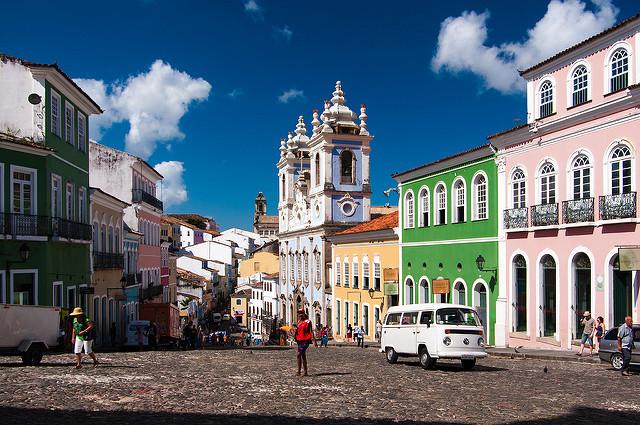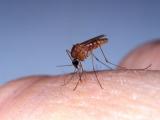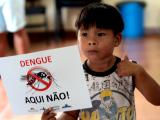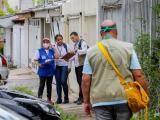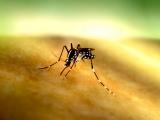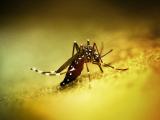An investigation into a surge in monkey deaths from suspected yellow fever early this year in Salvador, Brazil, the country's fourth-largest city, confirmed the virus, and though mosquito surveillance found no sign of the virus, the area is at risk for urban transmission, researchers reported yesterday in the Annals of Internal Medicine.
In related news, two experts detail issues surrounding vaccine shortages that were exacerbated by the outbreak.
A yellow fever outbreak in Brazil affecting monkeys and humans that began at the end of 2016 resulted in 792-lab confirmed human cases, 435 of them fatal, in nine Brazilian states. The outbreak is thought to be sylvatic in origin (from wild animals), with no evidence yet of spread by urban Aedes aegypti mosquitoes.
The outbreak was notable, however, because some of the areas—including Salvador— weren't thought to be at risk for yellow fever.
According to the study by Brazilian and US researchers, monkey deaths from suspected yellow fever began in Salvador in the middle of February, with a rapid increase in animal infections found throughout the city, including in a city park and a nearby recreational area. Mosquito surveillance to identify vectors that might be involved in transmission to monkeys homed in on four Wyeomyia species and Aedes albopictus, but tests on pools of female mosquitoes from each species were negative for yellow fever virus.
Though no urban Aedes mosquitoes have been implicated in yellow fever transmission to humans in Brazil, cases in monkeys in densely populated areas pose a considerable risk of that type of spread, the team noted. They added that Salvador has experienced dengue, Zika, and chikungunya virus transmission, with Aedes aegypti as the main vector.
They concluded that continuous entomologic and veterinary surveillance is needed to assess the risk of the virus gaining an urban transmission foothold, and stepping up vaccination coverage is critical for preventing more human cases.
Expert highlight vaccination hurdles
Meanwhile, two infectious disease experts from Massachusetts who reviewed the status of yellow fever vaccine shortages because of increased demand and manufacturing problems at a US-based producer had advice for primary care physicians who are counseling patients who are planning to travel to yellow fever endemic areas.
Writing in a commentary in the Journal of the American Medical Association (JAMA), the scientists said that Sanofi lost a large supply of yellow fever vaccine that it was making to tide it over during the transfer of production to a new facility due to open in 2018. The loss was attributed to manufacturing issues, they said. Sanofi is the only maker of yellow fever vaccine for North America.
Order restrictions began in 2015, and in the meanwhile, the US Food and Drug Administration (FDA) cleared the way to use the French-made Stamaril yellow fever vaccine for US travelers for use at 250 clinic sites. Though dose-sparing fractional dosing has been used to stretch supplies in other countries, it is not recommended in the United States because of limited efficacy data.
The authors, Lin Chen, MD, from Harvard Medical School and Davidson Hamer, MD, from Boston University, wrote that the decreases in sites that can administer yellow fever vaccine has caused inconveniences for travelers and travel clinics. They urged travelers to schedule travel clinic visits early, more than 2 months before departure.
And they urged primary care doctors to be prepared to refer patients to yellow fever vaccination centers as soon as travel plans are known, given potential delays.
See also:
Nov 7 Ann Intern Med abstract
Nov 7 JAMA commentary
